1. Favourite knob/fader/switch on a piece of gear and why?

I generally have a thing for long faders on old analog gear, my favorites being a large Neumann stereo fader and the faders on old NP-Elektroakustik gear (used by Danish Broadcasting)… It’s just so satisfying to move (and even just to look at) them.
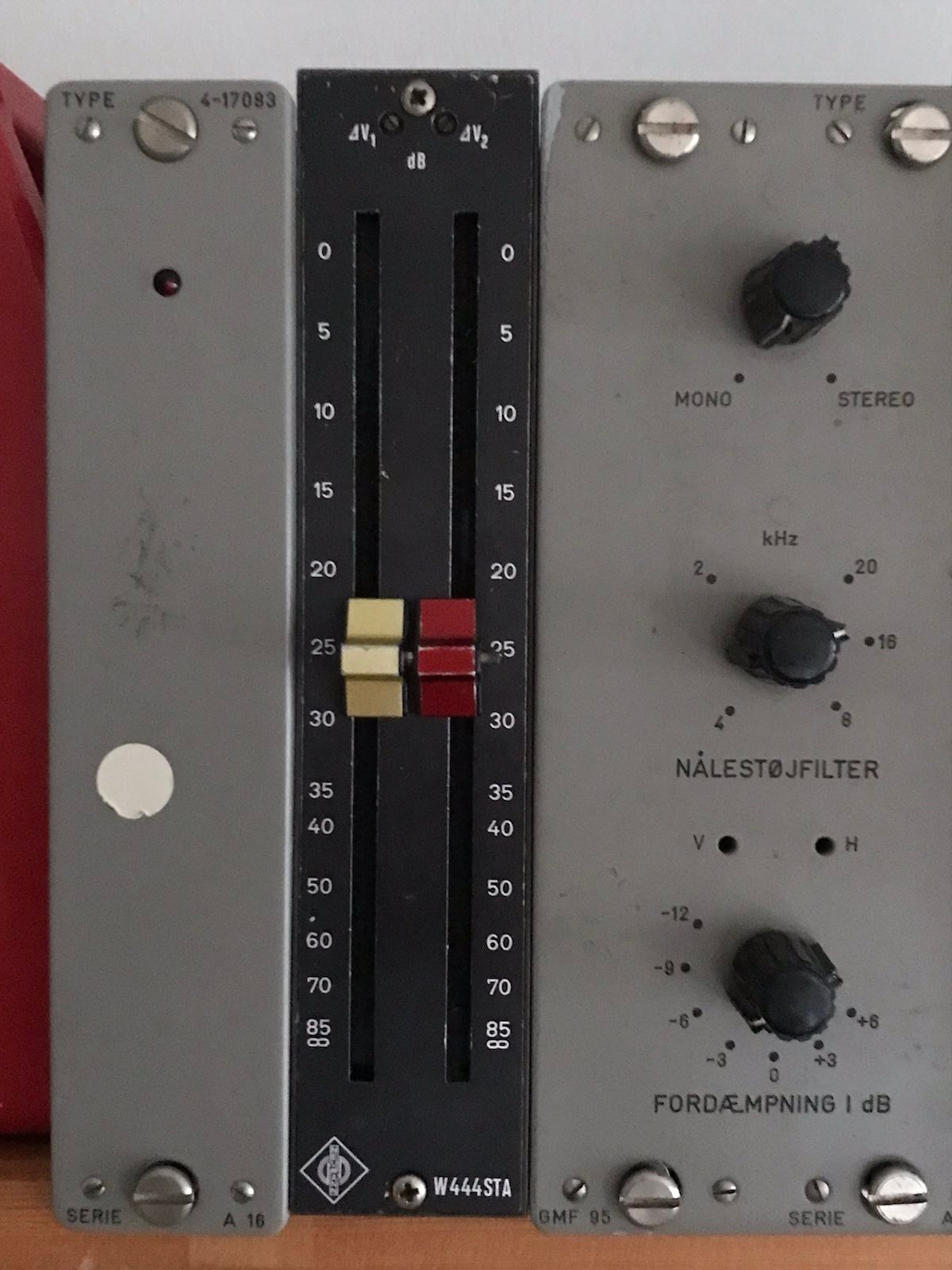
However I must admit that these faders do not really get much use at the moment because I have to “solder them up” – I guess this is the curse of DIY’ing stuff… It’s easy to end up with the soldering iron as your main instrument and a pile of unused electronic junk… But it can also lead you to explore new and surprising sounds and techniques.
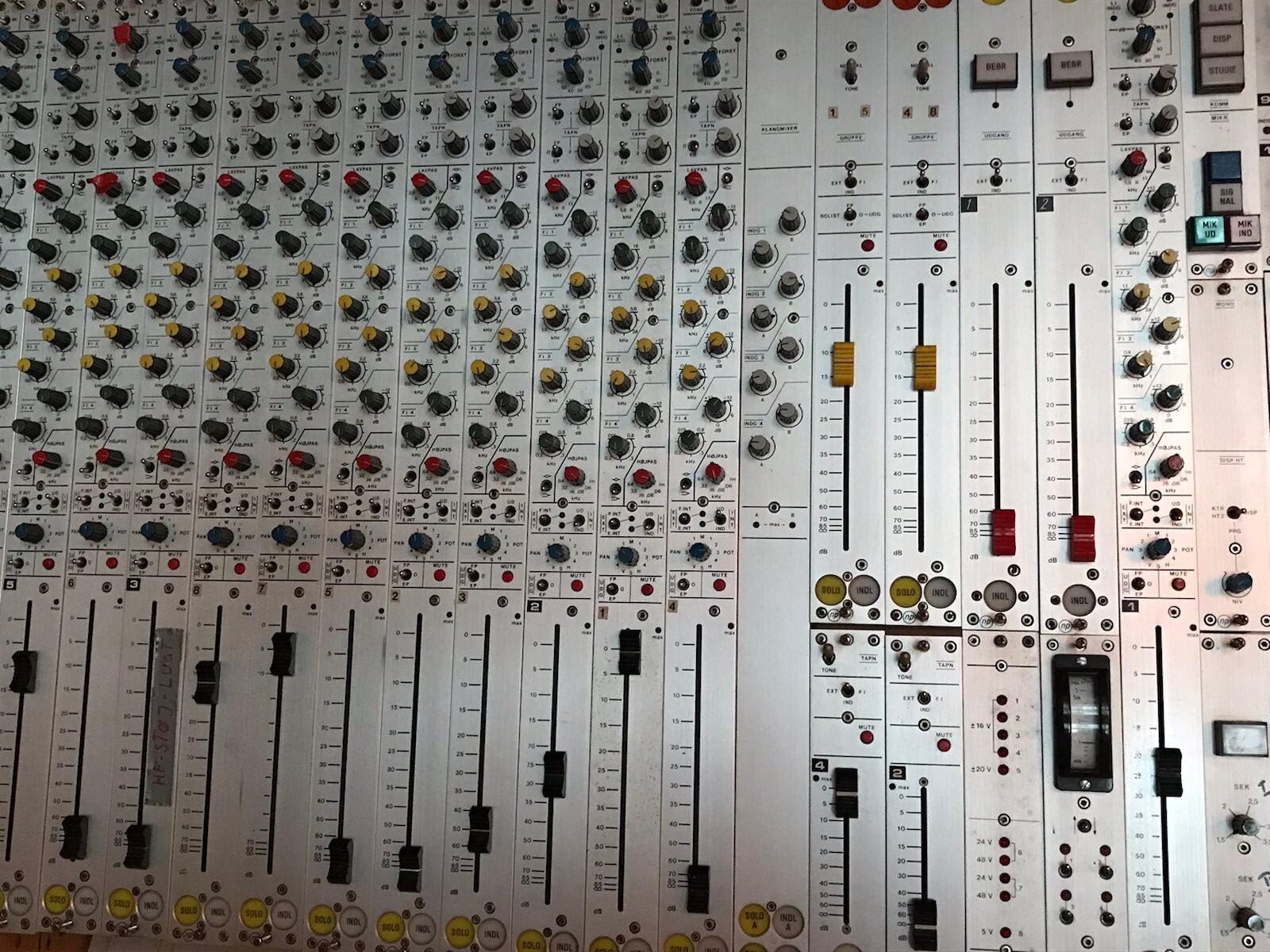
For a more “fun” choice I’d choose the “gear lever” found on a lot of old Scandinavian reel to reel tape recorders. These old machines are largely mechanic and so the transport mechanism is all handled mechanically. I find it oddly satisfying to operate these levers controlling the mechanics
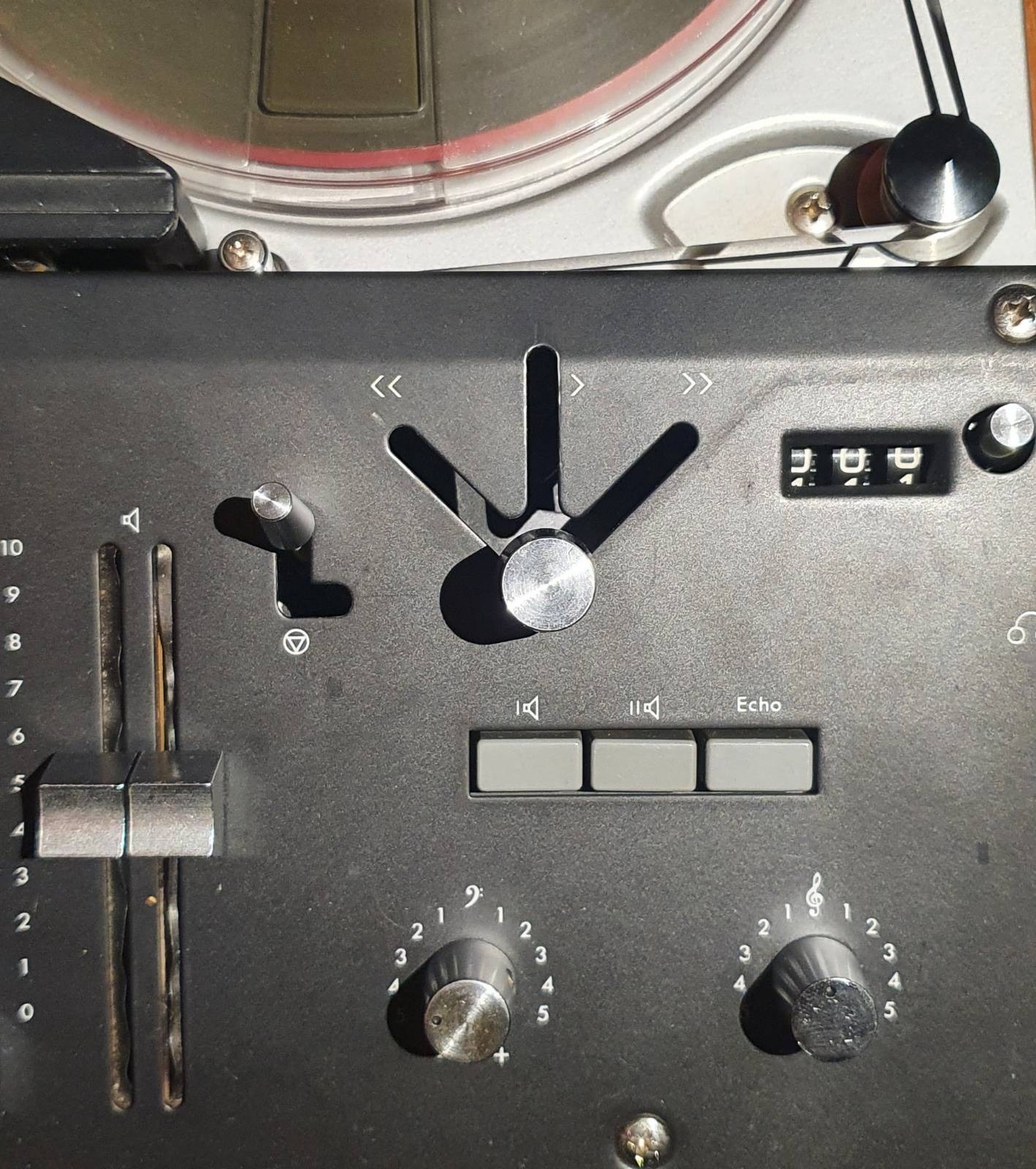
For a purely synth-oriented (or functional) viewpoint I’d probably choose the rate knob on the Serge Smooth and Stepped Function Generator (SSG) (when used as a sample and hold) – it is possible to go in and out of perodic and (seemingly) nonperiodic patterns just by fine tuning the knob. This is a way of generating “melodic content” that I have used a lot.
2. Do you have an ‘almost’ perfect bit of kit? What would you change?
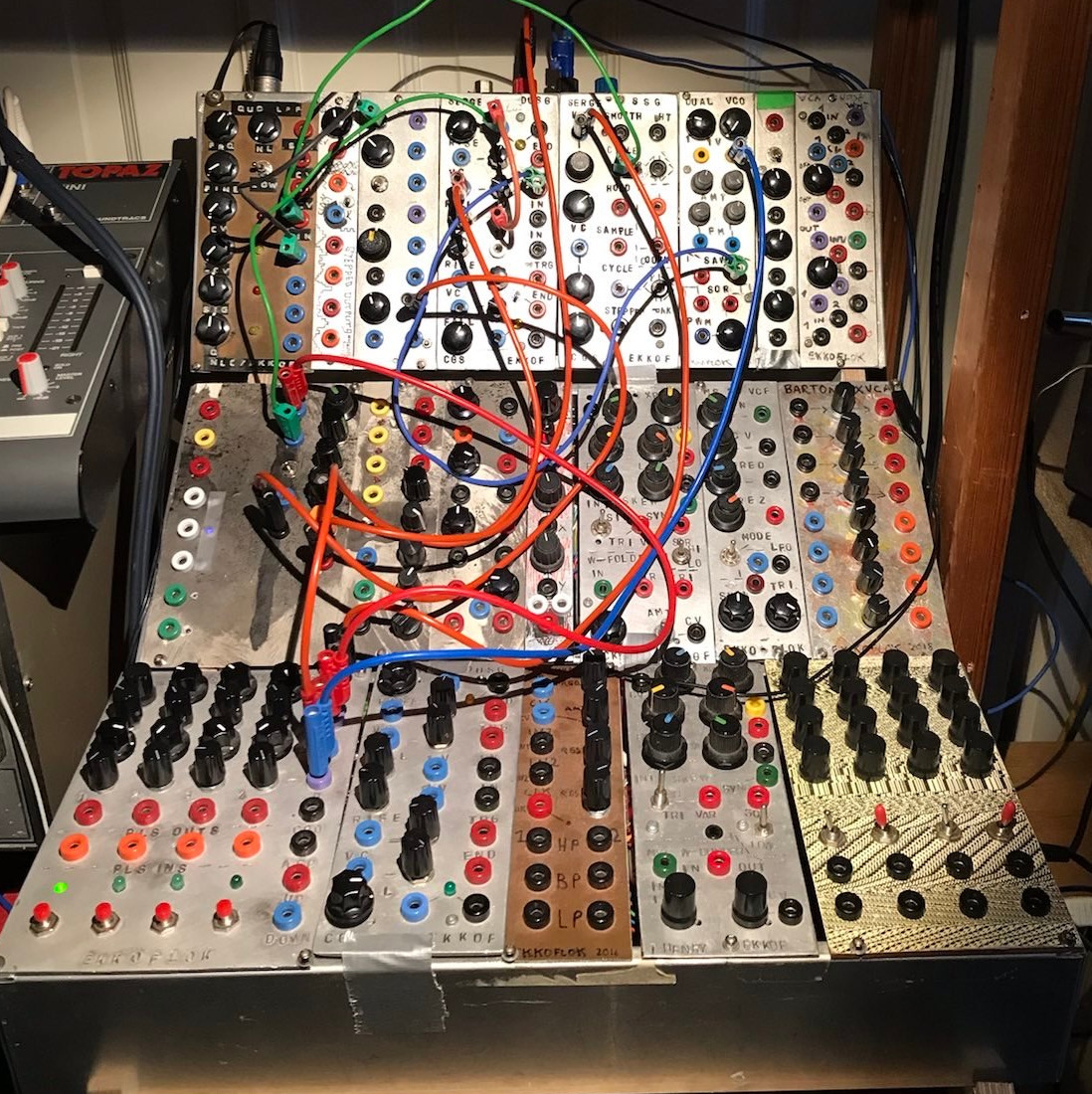
That has to be my homebuilt modular….. which is ever changing… I started building it from scratch back in 2012. At first I planned on building 40(!) modules… That was before I realized the amount of work needed, I guess.
I also found that my plans/ needs for the instrument changed all the time is I learned more about synthesis and developed my own techniques.
Today I do most of my performances on a part of my modular system. I have found that it actually helps me to not bring to much modular gear, as I find you can do a lot with just a handful of modules. Sometimes I’ve brought to much gear for a live set and felt like I only scratched the surface of the sonic possibilities. When I bring a smaller setup I force myself to think creatively and push the modular to the limit.
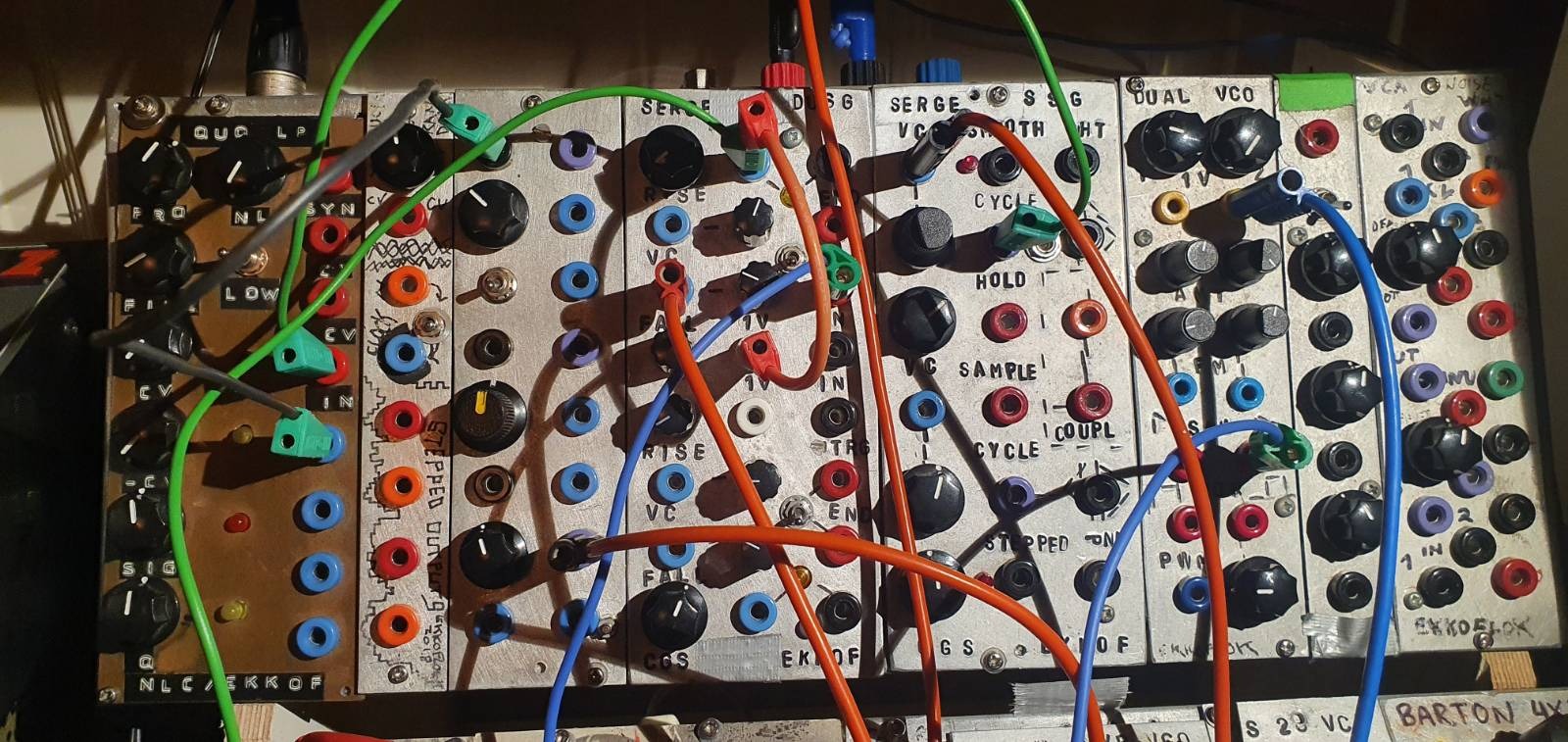
3. What setup do you bring on holiday/tour/commute etc.?
I recently bought my first synth (that is – the first one I didn’t build myself) – a Korg Volca FM. It’s so small that can easily fit in even a small bag pack.
I’ve often brought a minimal modular setup, a portable recorder and sometimes just my laptop. Last summer I wanted to get ”away from work” so I only brought my Sound Devices recorder, microphones and headphones. That way I didn’t end up working as if I were still at home (and at the same time it made me long to get home to all the patch cables).

4. What software do you wish was hardware and vice versa?
Cecilia5 – a great tool for sound exploration. I would love to have that in a dedicated box or maybe as an app.
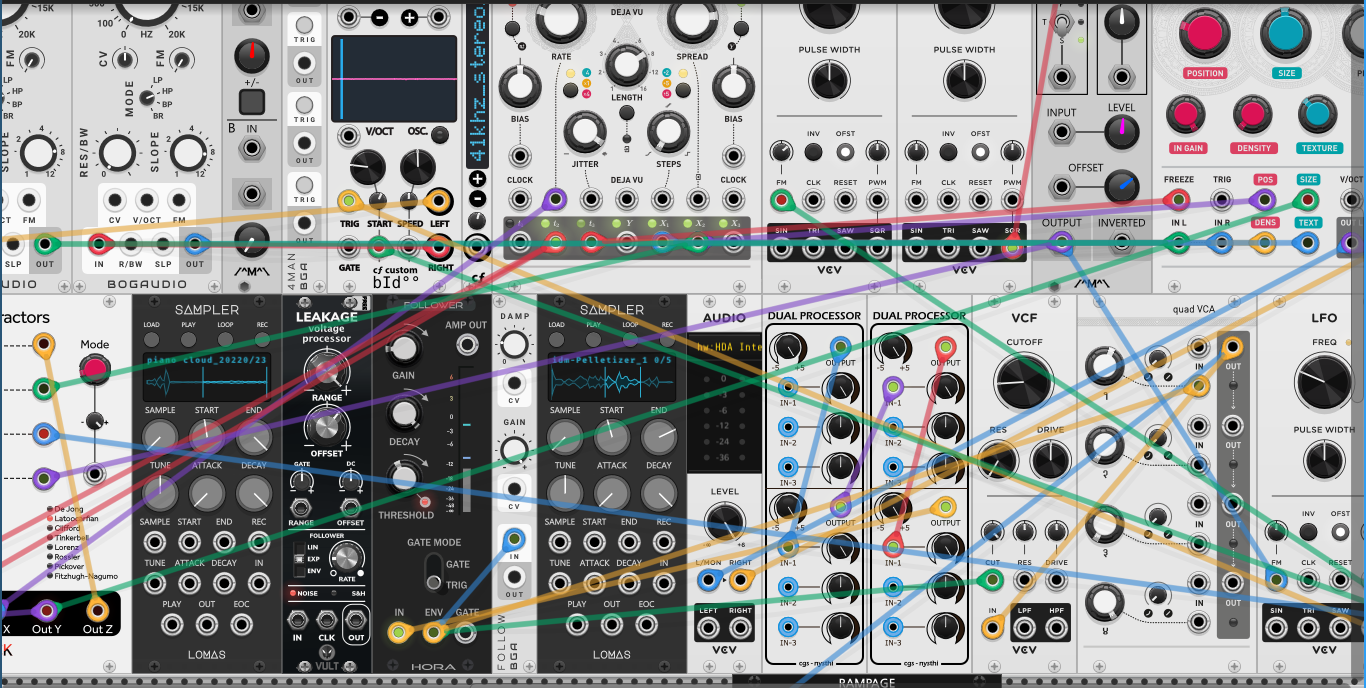
With the rise of VCV-rack I think it kind of fulfilled a lot of desire for virtual versions of my modular. Still would love to see a software version of the Neutron Sound Orgone Accumulator along with more esoteric synths like Serge and Buchla. However I still think the physicality is one of my hardware modular’s main strengths. I feel that a few modules can take me a long way.
5. Is there anything you regret selling… or regret buying?
I have a couple of boxes filled with half- (or less) populated PCBs (printed circuit boards). Thinking of all those half finished projects makes me a bit sad.
I sold two (broken) 4-track recorders during corona…. Still sometimes asking myself whether I should have tried harder to fix them, since they were sold very quickly. However I still have two functioning ones… How many 4-tracks do one need??
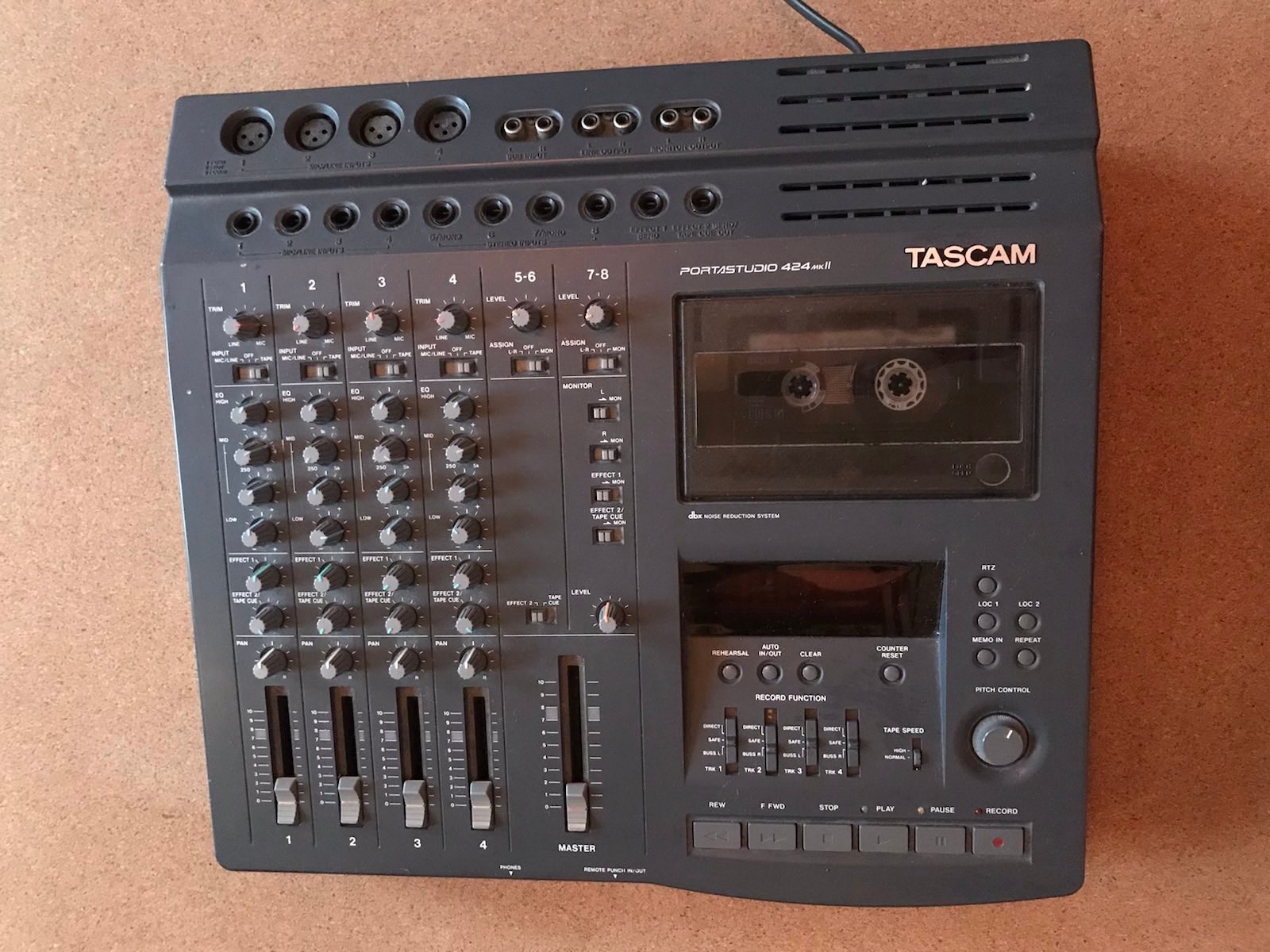
6. What gear has inspired you to produce the most music?
That must be my homebuilt modular synth. Since 2012 when I devoted myself to that project it has been the pivotal point of my career. It has taught me so much about music and sound. However I rarely approach it with a ”now I’m gonna make a track”, it’s more of an explorative process that often leads me to discover new sounds or form the basis of a new track idea.
My album Lydlandskaber (2017) was made entirely with one-takes and the modular as the center piece, whereas my new album Mosaik is made out of many layers of modular sounds, field recordings, prepared instruments and vocal work.
Actually it took me a long time to figure out how to use the thousands of recordings on my hard drive.
In more recent year I have begun to work more and more with tape, which I also find very inspiring. It feels like it gives me a lot without me doing anything, it sort of has it’s own life. In the digital domain I often find myself wanting to colour things up a bit or a lack of character.
7. If you had to start over, what would you get first?
Well, when I started making music in the 00’s I was using plugins exclusively the first years – it made me dream (and drool) of a synthesizer wall… And back then hardware synthesizers (and especially modular gear) wasn’t very accessible. Since I grew up in a family of artists there wasn’t a lot of money, but lot’s of creativity so it seemed obvious to me that I should build my own synthesizer.
Today there are a LOT of options when it comes to analog synths… So maybe I’d just buy something. However I think it is important to take your time and dedicate yourself to your instrument which might be harder to do if you are constantly hunting for the ”next big thing”. I think a good place to start would be something like a Minibrute, which has all the essentials and then build (or buy) a rack of things to expand on the functionality. And then a 4-track and some tape-loops. I think it is important to try what it feels like to make music without a computer, personally it resulted in me creating an entirely different style of music and it helped me realize how I wanted to use the computer creatively.
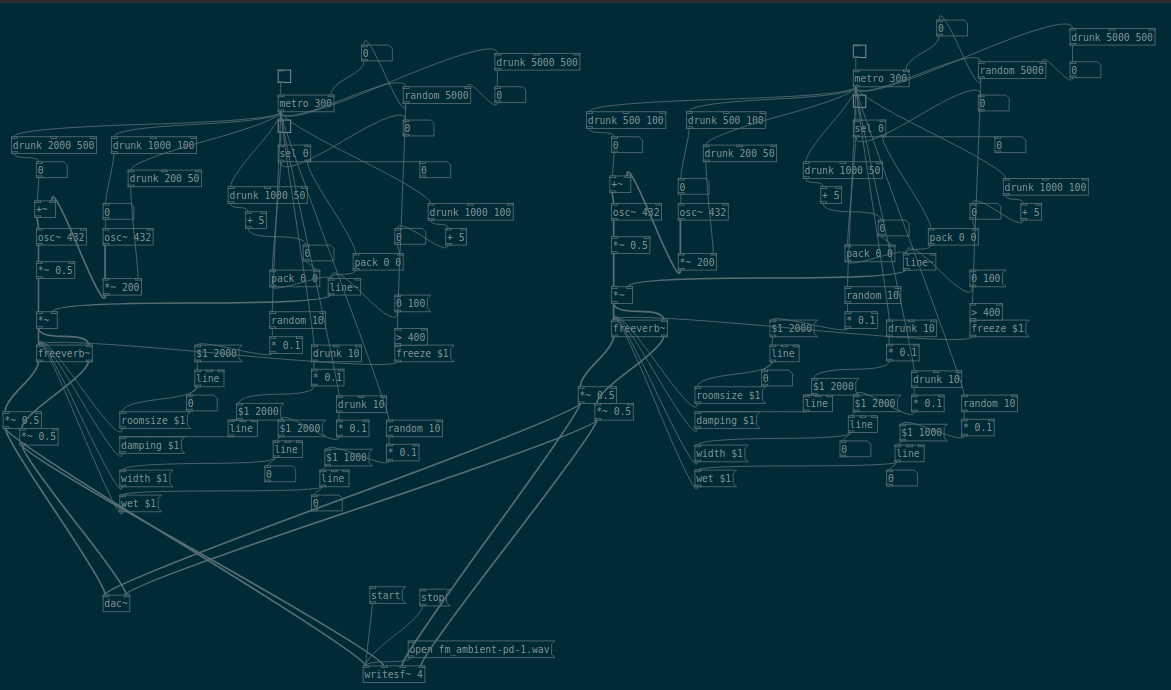
For example I like working with Pure Data which is kind of modular-modular synthesizer in the sense that it is easy to create your own modules in contrast to VCV-rack which is rather an emulation of a hardware modular. Since I’ve spent so much time with modulars it feels very natural to think in terms of modules and patch cables. I also use Ardour for tracking and mixing but I prefer creating music without being tied to a daw and then use the DAW later in the process for refining and over dubbing.
8. What’s the most annoying piece of gear you have, that you just can’t live without?
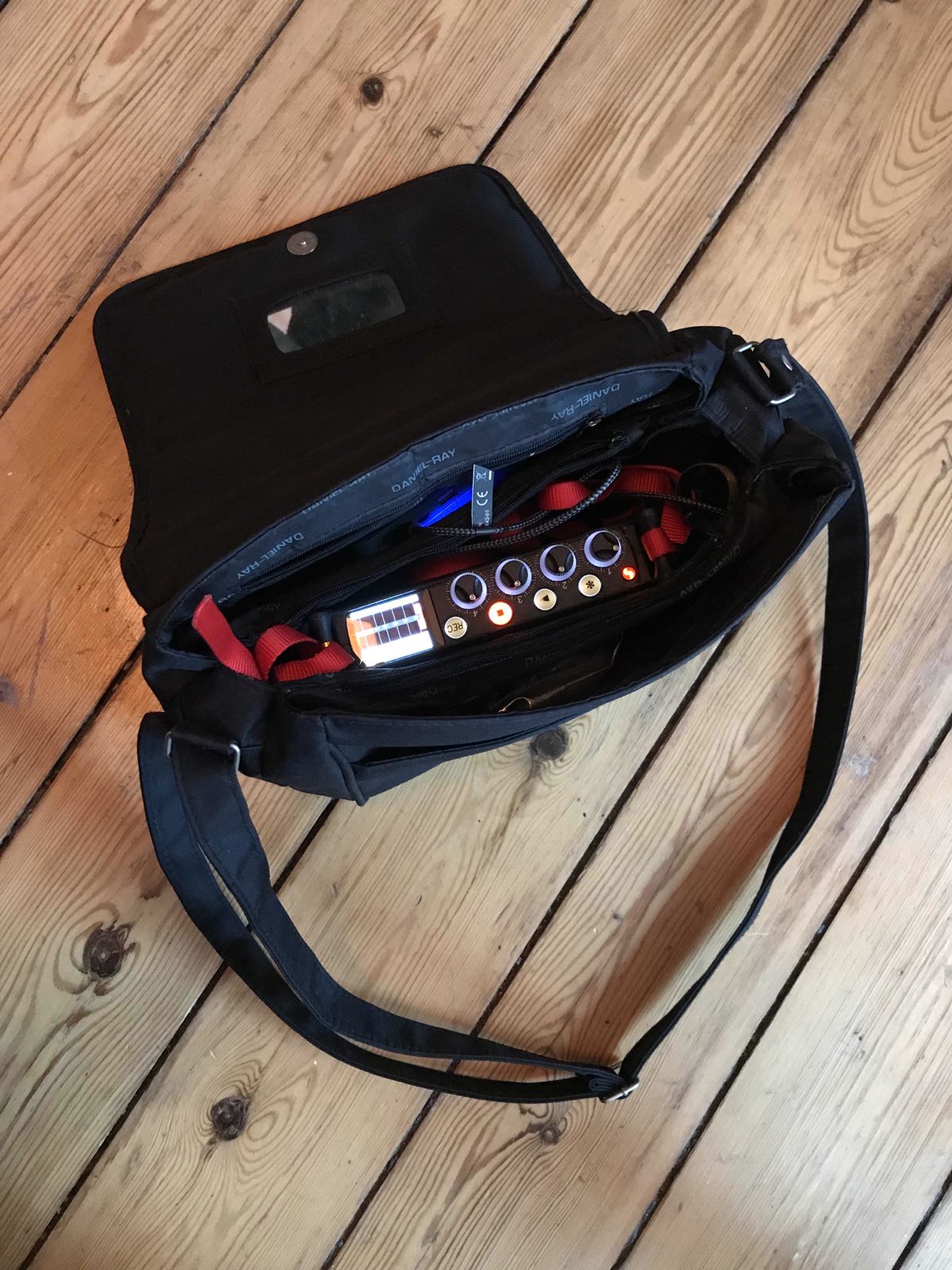
Probably used to be my Zoom H4n which has been upgraded to a Sound Devices MixPre6 – although I love many aspects of it, there are a few annoying things – for example it is so power hungry that I have to use a usb power bank which makes it a bit clumsy.
9. Most surprising tip/trick/technique that you’ve discovered about a bit of kit?
The Serge Dual Universal Slope Generator can double as a clock divider. The Serge DUSG is probably my all time favorite module, it can do so many things, sort of a chameleon module that you can (patch-) program to do (almost) anything. The Make Noise Maths is inspired by this module and is quite similar.
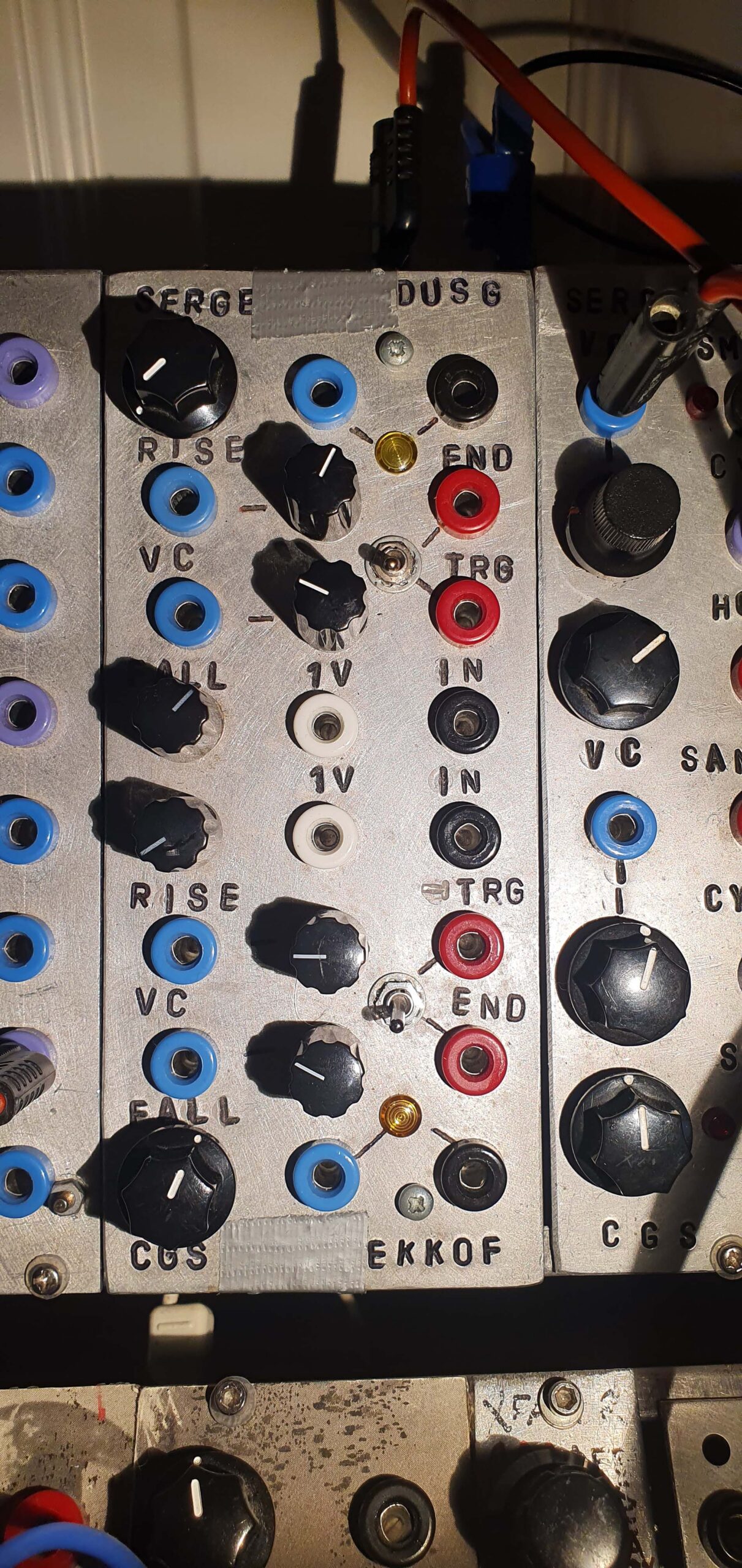
But back to the question – what I like to do is to have a master clock sending pulses to both sections of the DUSG (used as envelope) using the outputs to control a vca or vcf and then modulating the decay time of the to DUSGs. This can result in some very complex and ever changing rhythms because the envelope doesn’t start over until the cycle is completed. Another favorite of mine is to use the outputs of the DUSG to “ping” resonant filters. That way you can make a percussive sound without needing a dedicated oscillator and vca.
Artist or Band name?
Ekkoflok
Genre?
Experimental/ ambient/ drone/ avant-garde
Selfie?
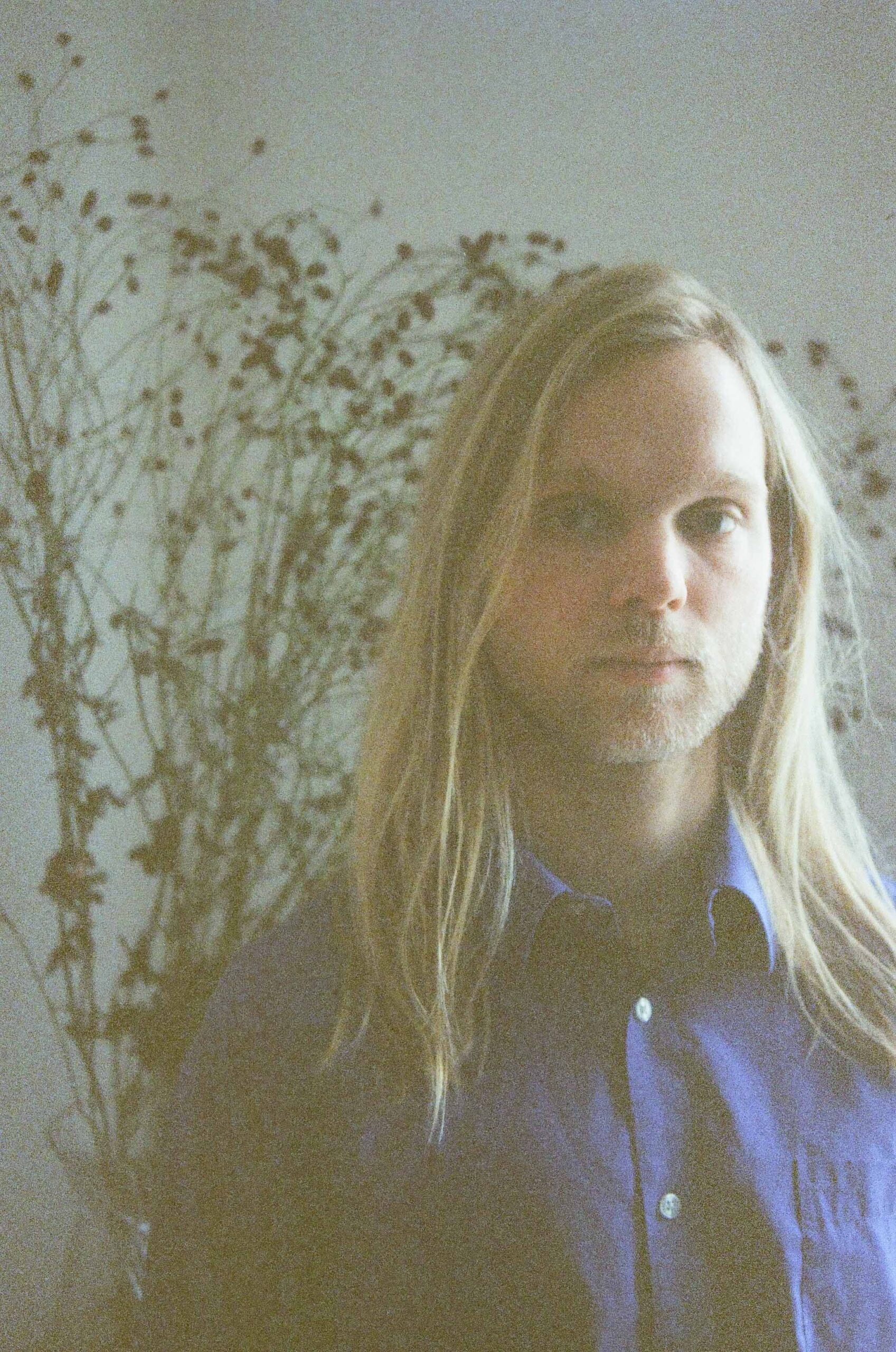
Where are you from?
I’m born in Næstved but my father lived in Vesterbro, Copenhagen so I guess I have experienced both the boring suburban life and the (at that time) rough atmosphere of Vesterbro with junkies and sex workers on every corner.
How did you get into music?
I think I was around 12 years old when I opened Cubase (sx3) the first time. I was playing drums at the time (and a bit of guitar). I think I heard about Cubase in some TV-show (Boogielisten???) and then I “borrowed” a copy of it. I clearly remember how overwhelmed I was by the complexity of the software, but at the same time fascinated by all the possibilities. At the time I was playing in a band (and very enthusiastic about it) and I thought the other band members were not dedicated enough. So it was a joyful moment, when I found out I could be my own one-man-band with the help of a computer and a DAW. While my friends where playing World of Warcraft I was jamming out in my basement room.
What still drives you to make music?
The music is free space where I can disappear into another dimension and completely forget about place and time.
How do you most often start a new track?
I probably spend the most time on “sound exploration” – looking for something new or exciting (to me). I then try to record (on my Mixpre or tape) as soon as possible.
I have a huge library of sounds from these sessions that I try to combine to form compositions.
How do you know when a track is finished?
It has to feel finished. When I had a more DAW-based workflow it was quite hard to tell when to stop; there is always something to change. Since I changed to working more with one-takes it is much easier I think, and the process feels more immediate
Show us your current studio
I often find myself creating music on the floor. I think it can be very inspiring to build up a new “mini-studio” with a limited amount of tools/ instruments.
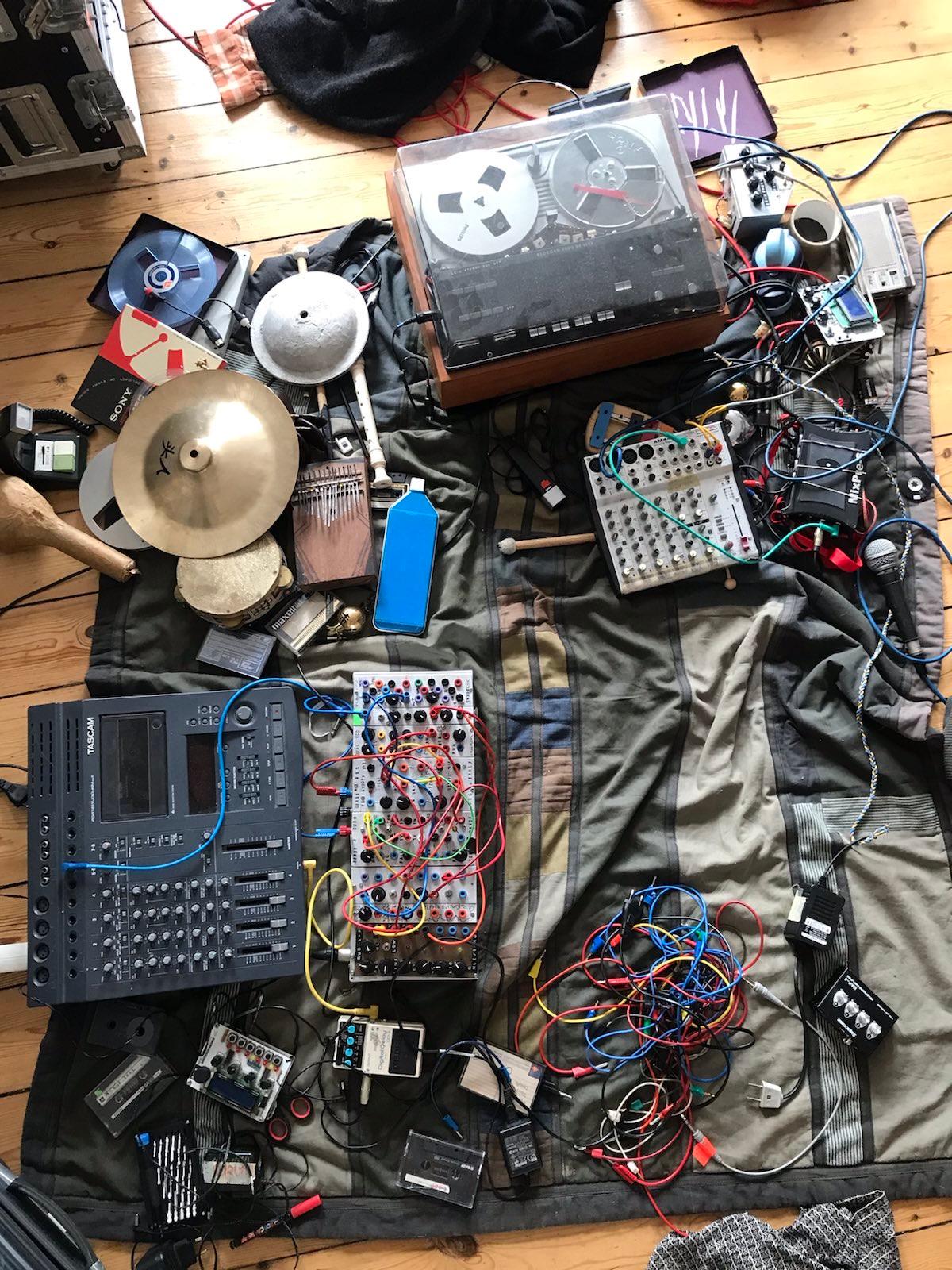
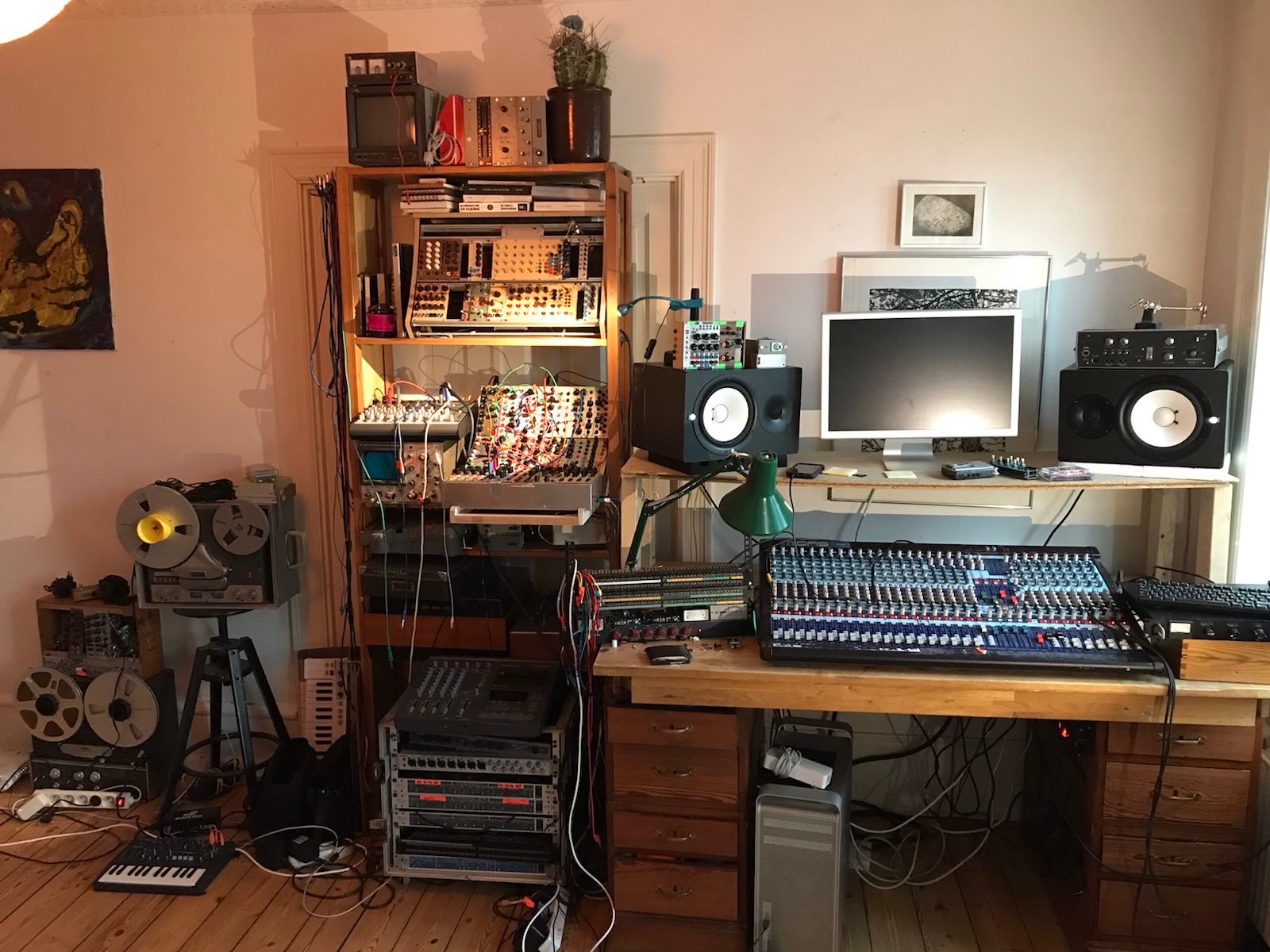
Best creative advice that you’ve ever heard?
Probably “do it yourself”… I think this was a recurring theme in my childhood – that I could learn how to do things myself, be it playing the drums, drawing or building a synthesizer.
Promote your latest thing… Go ahead, throw us a link.
I released a new album Mosaik at the end of 2022. I describe it as “A sonic mosaic in sustained time”. Avalable as 12” vinyl or download at ekkoflok.bandcamp.com as well as on various streaming platforms.

[Editor: There are affiliate links to the relevant gear throughout the articles. It helps to support this blog. In fact, should you be needing some patch cables or guitar strings. Then clicking on one of the above links and buying any product that you prefer, will help the blog… doesn’t even have to be the ones in the link. Thx]